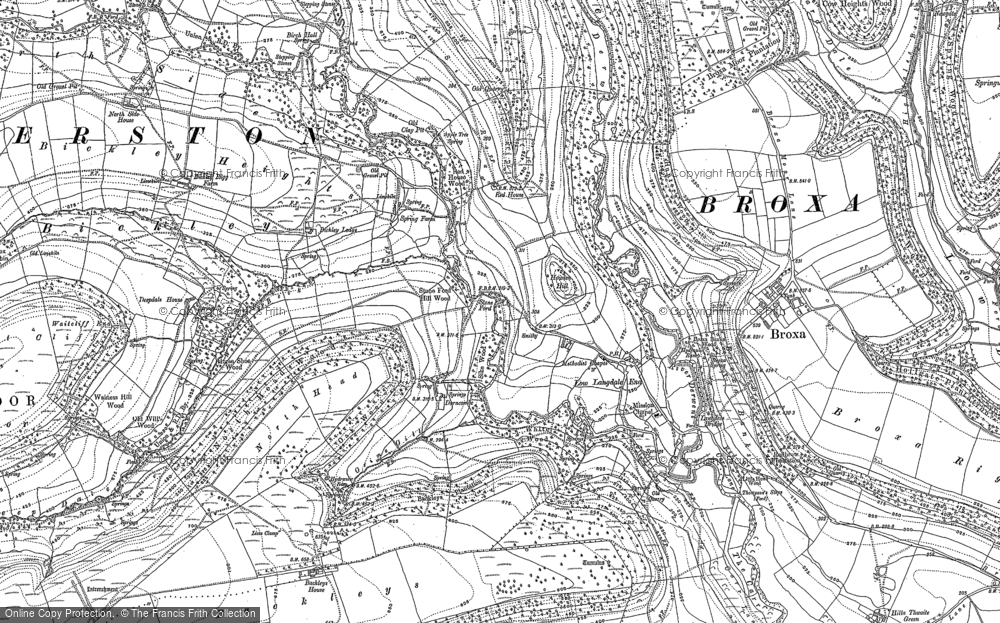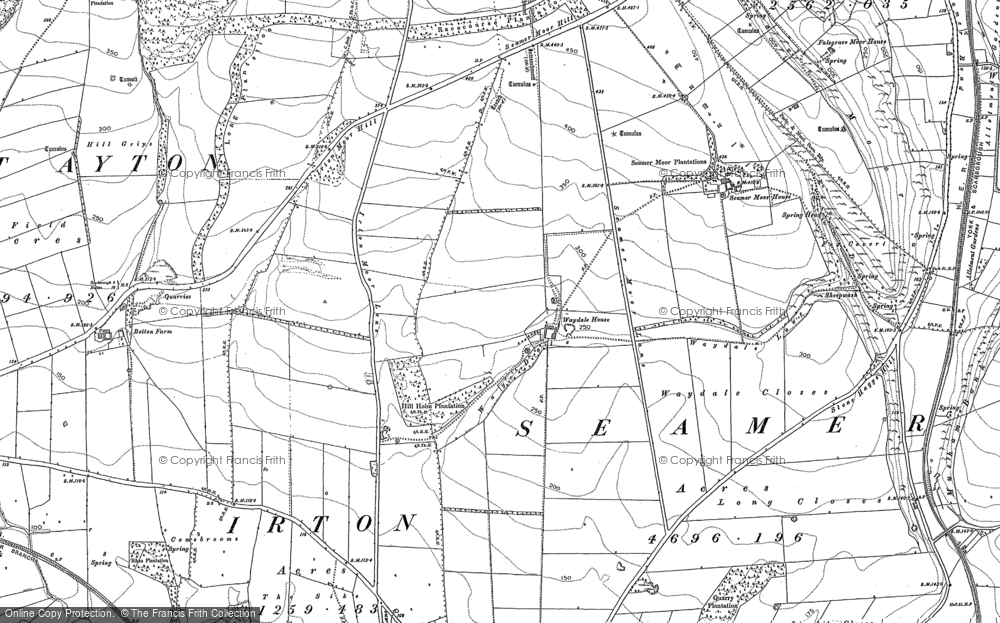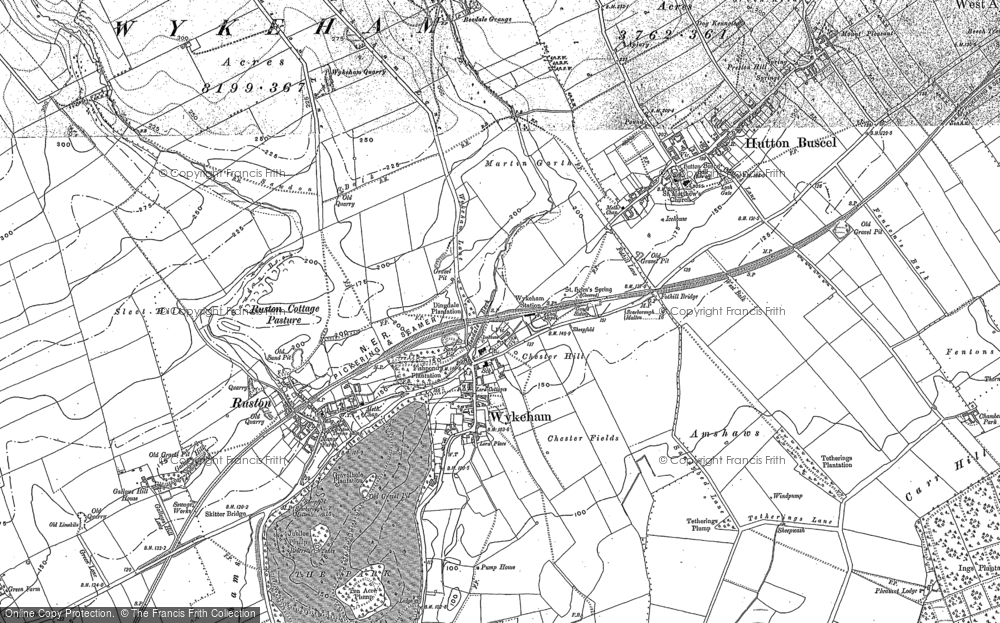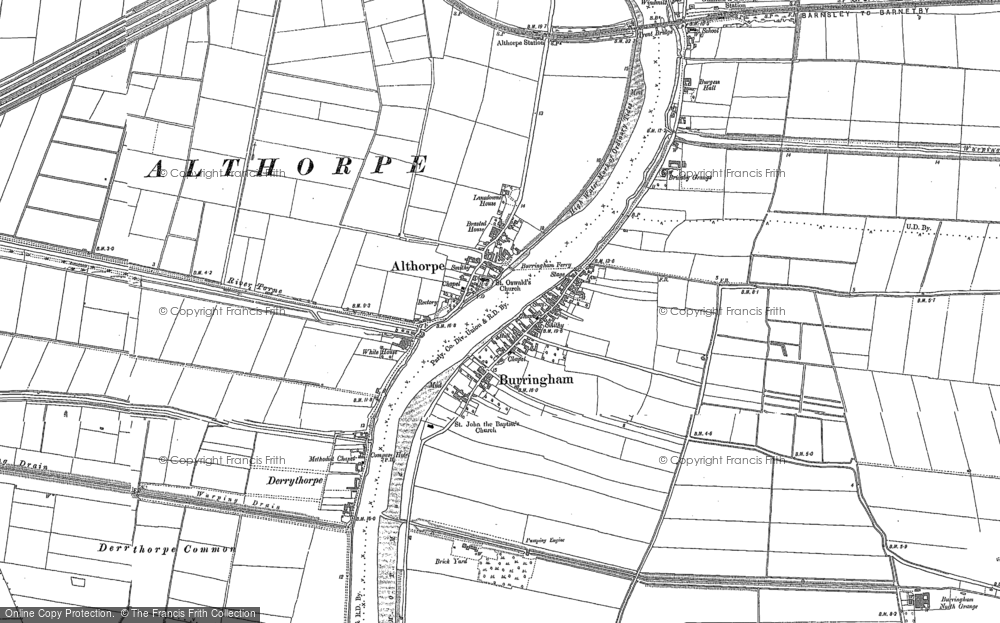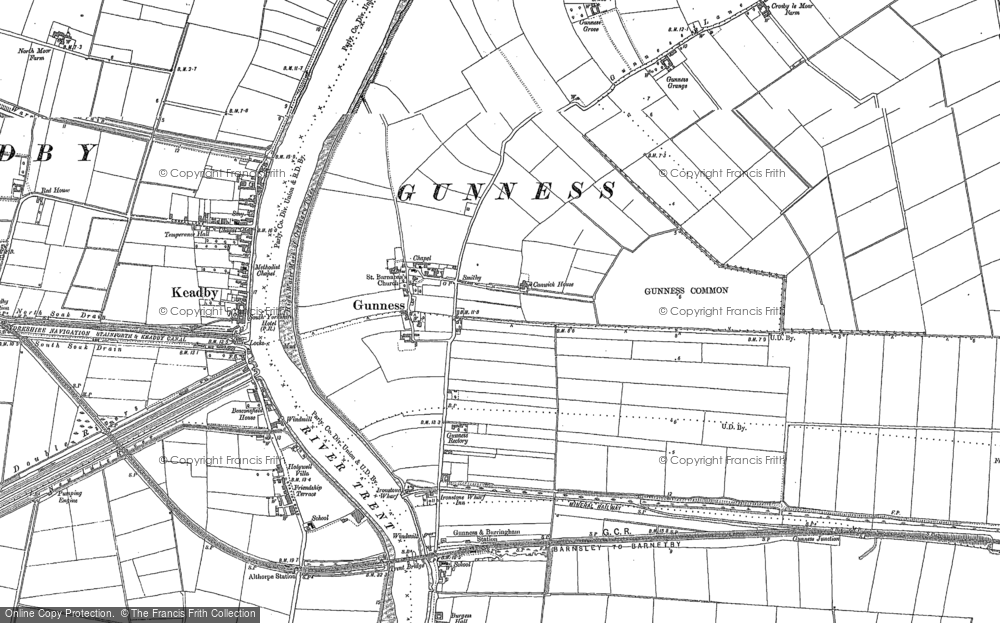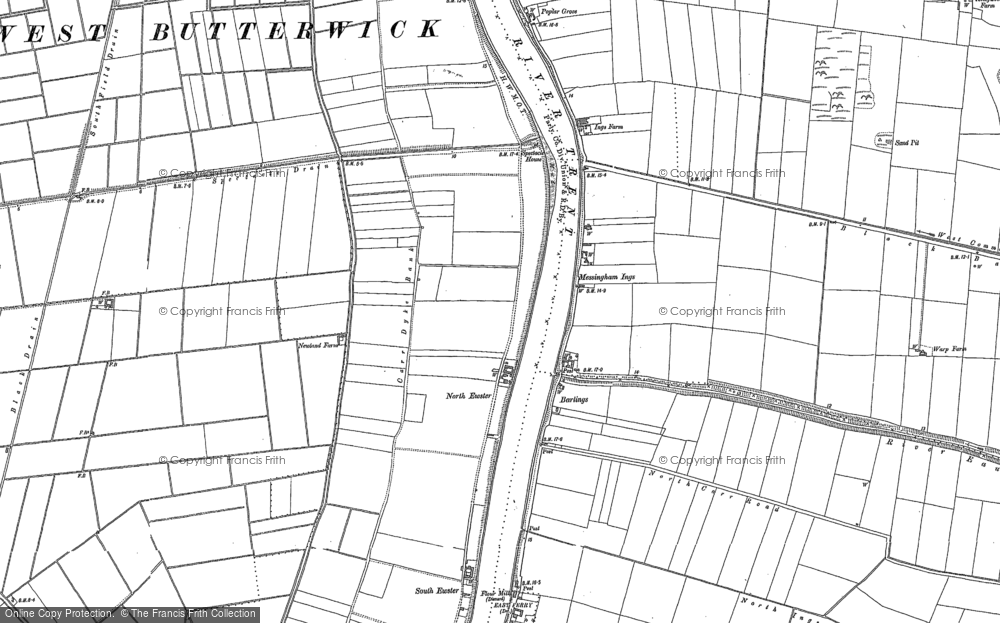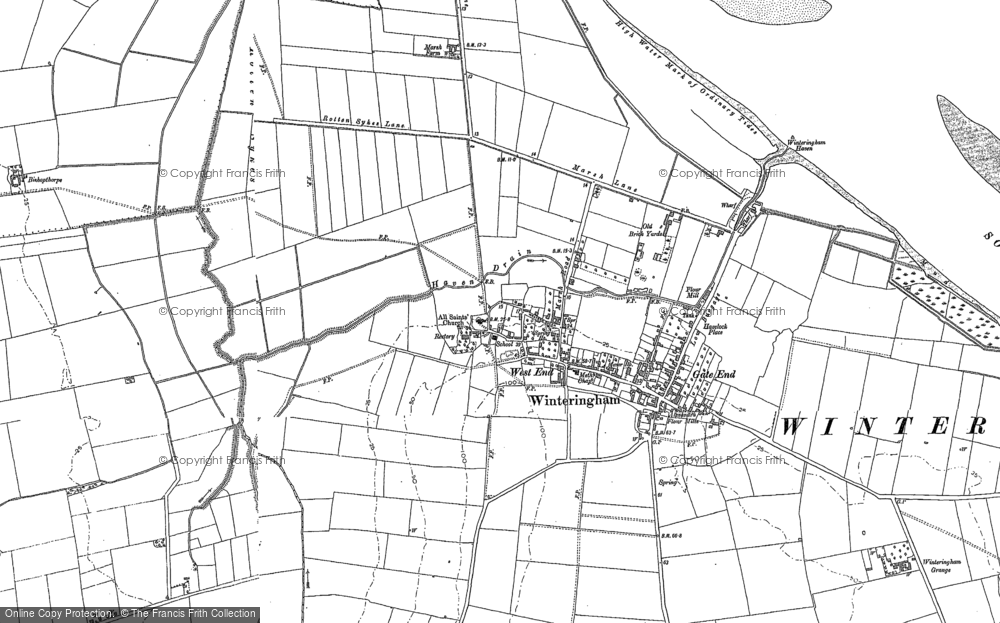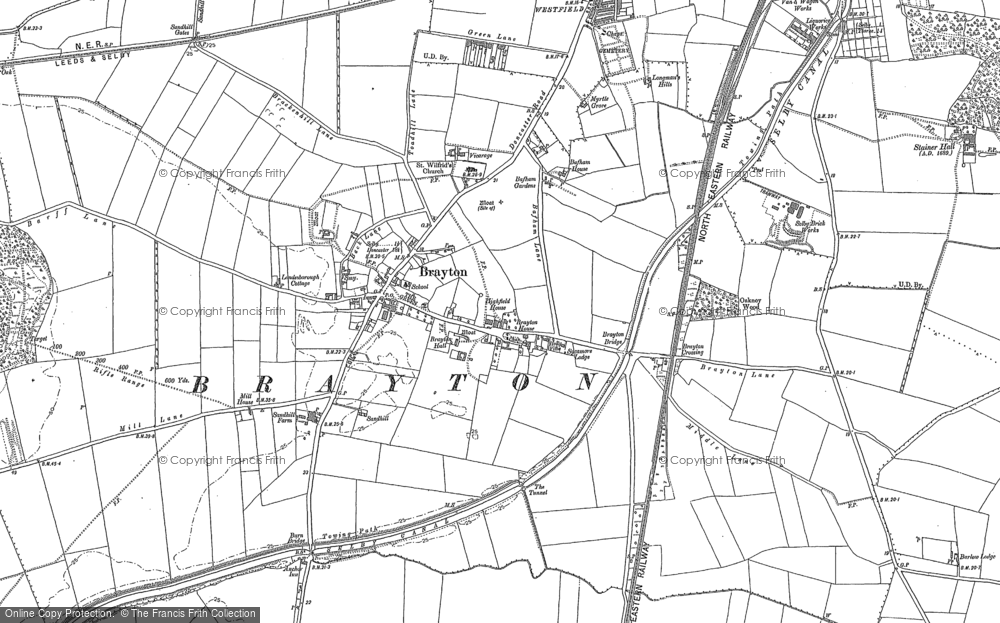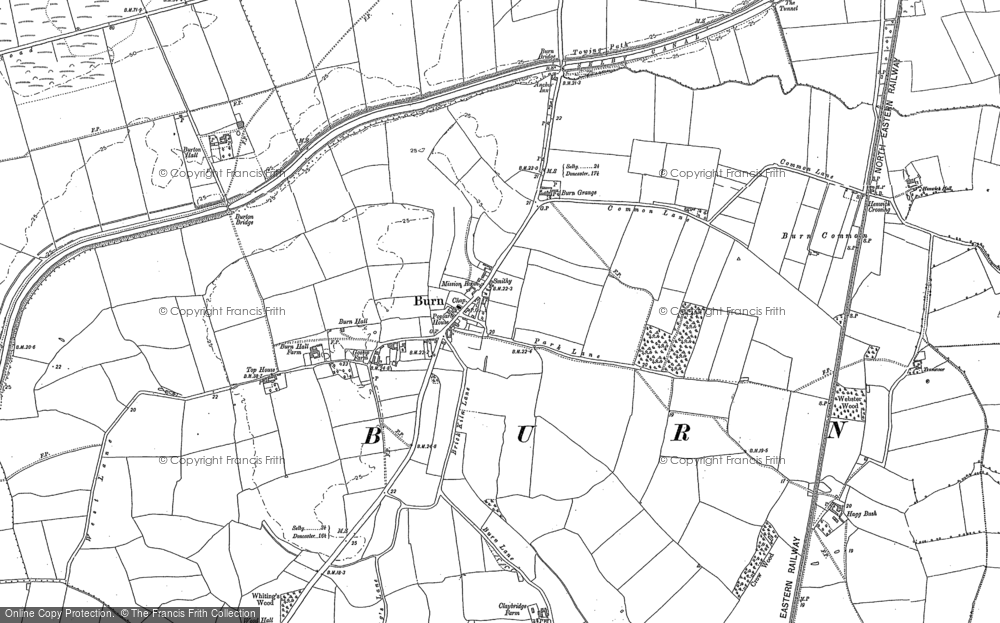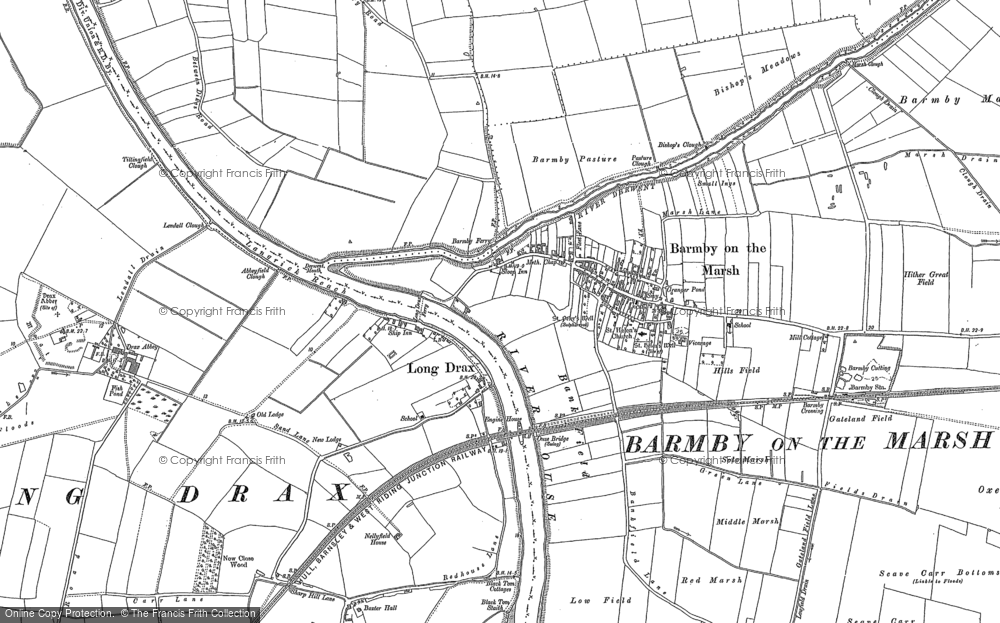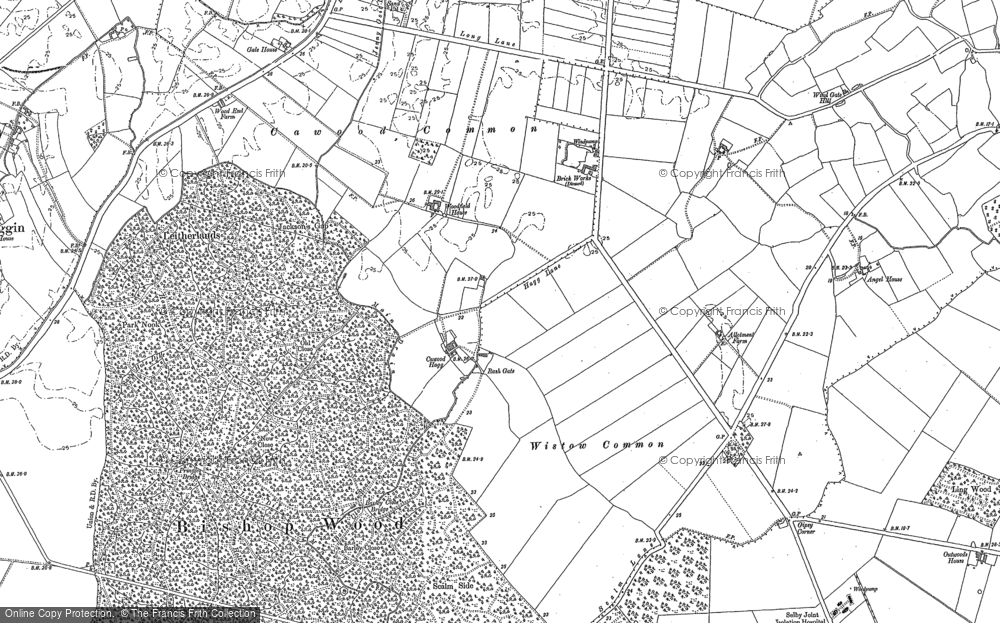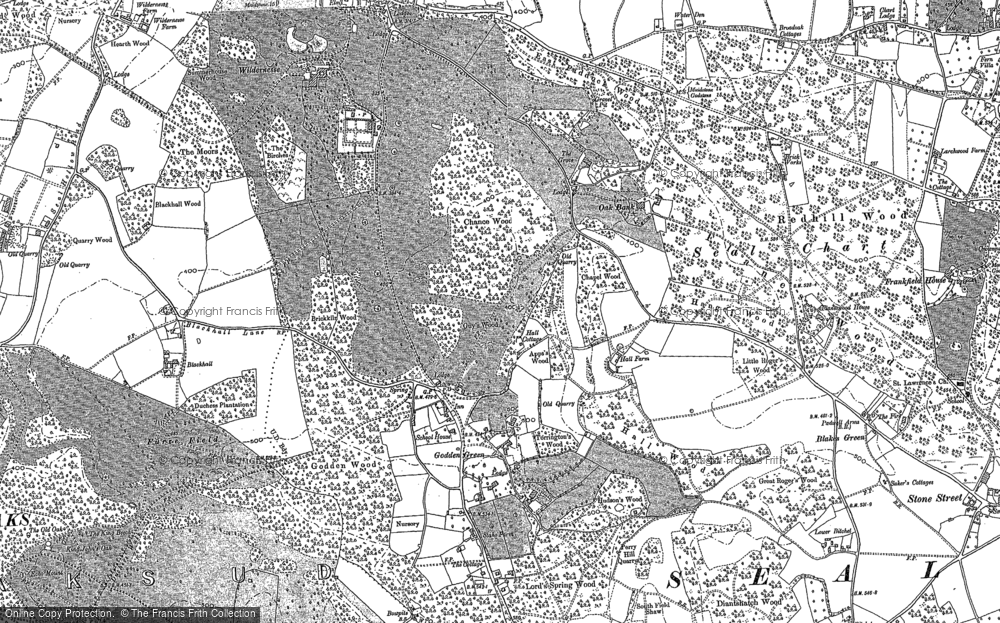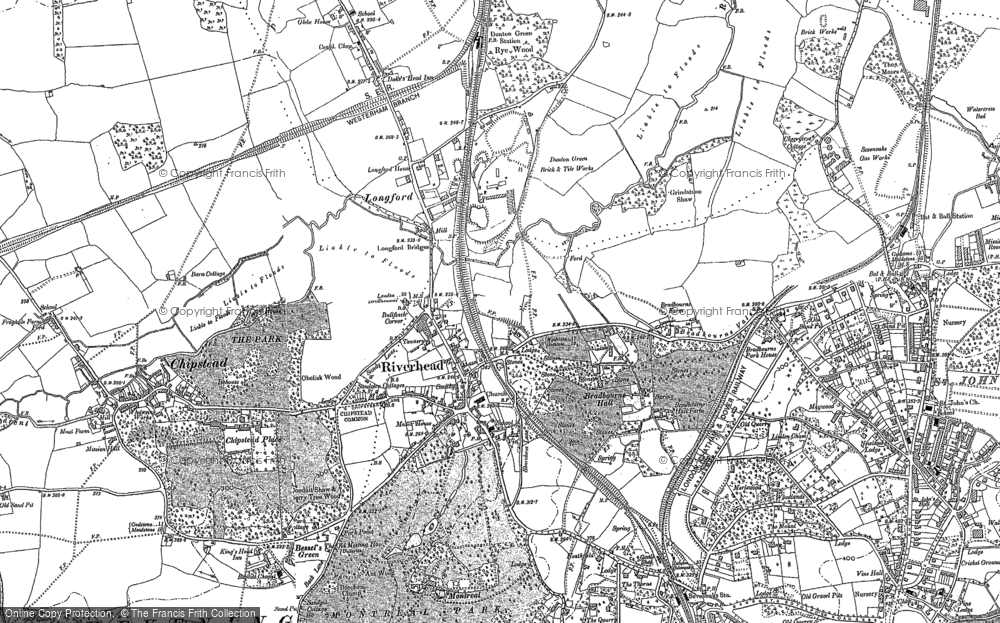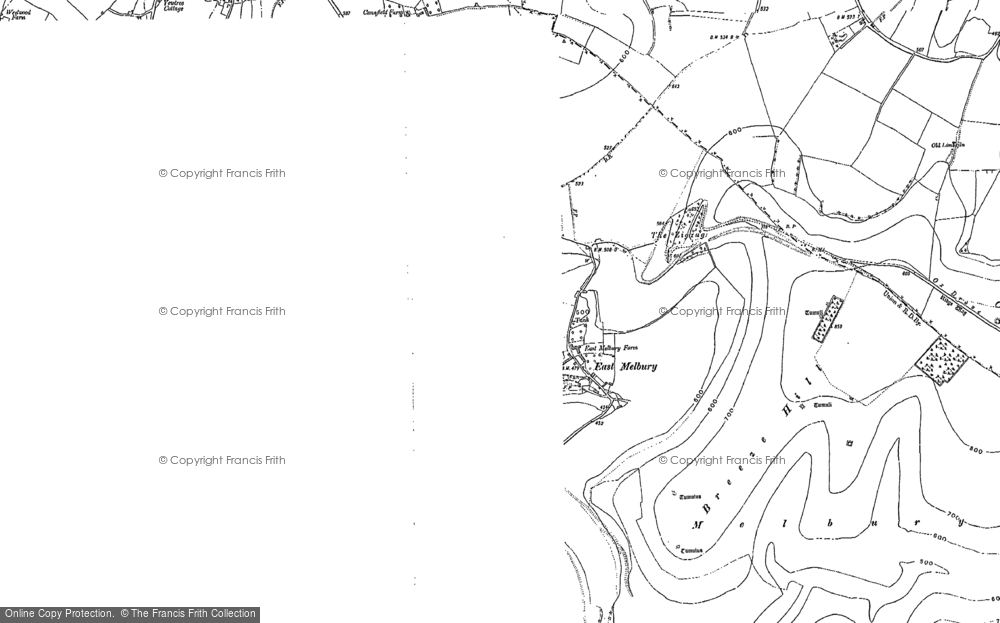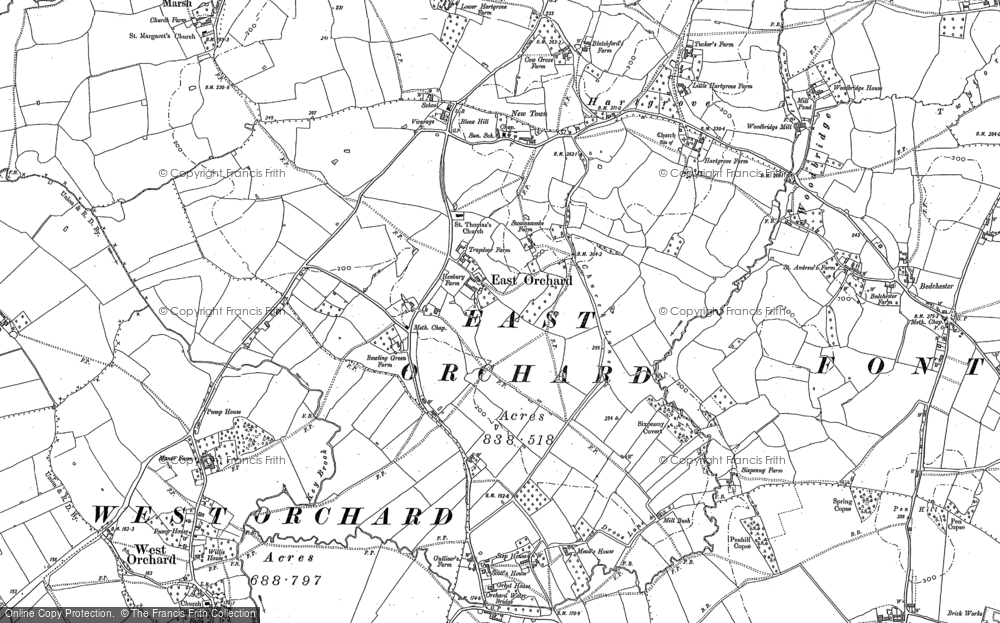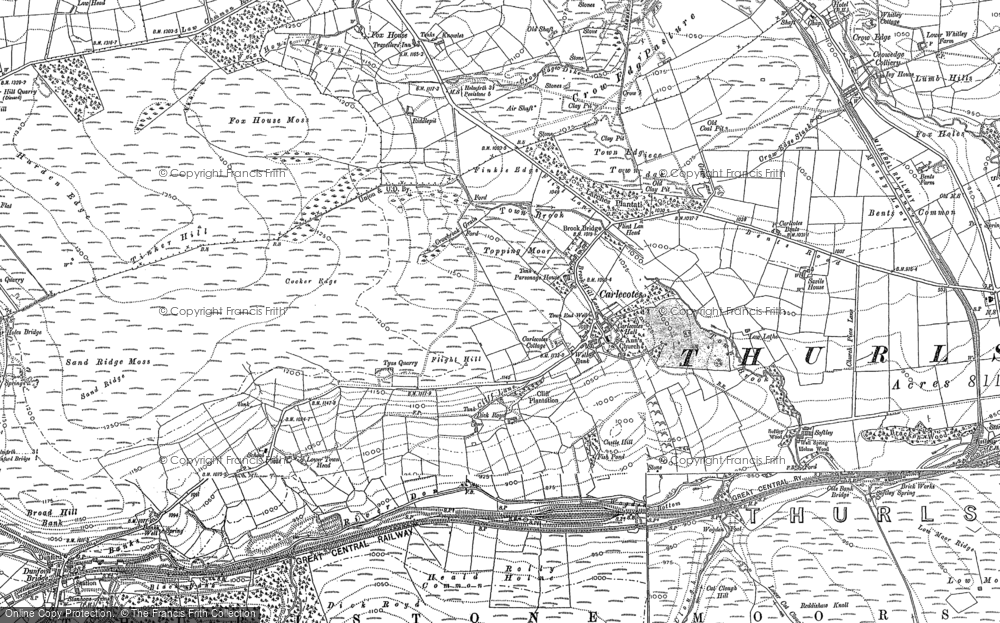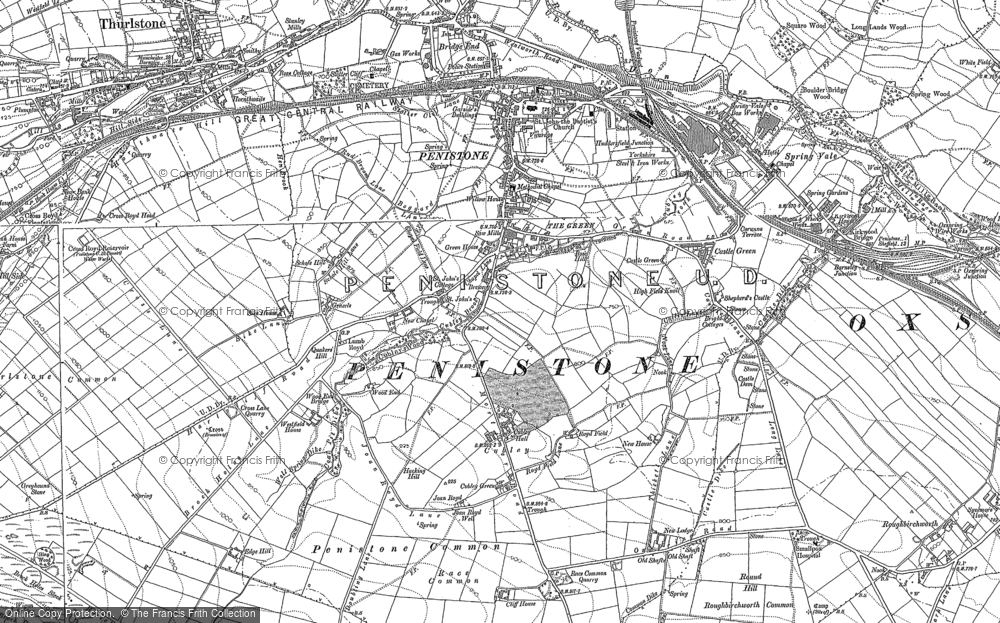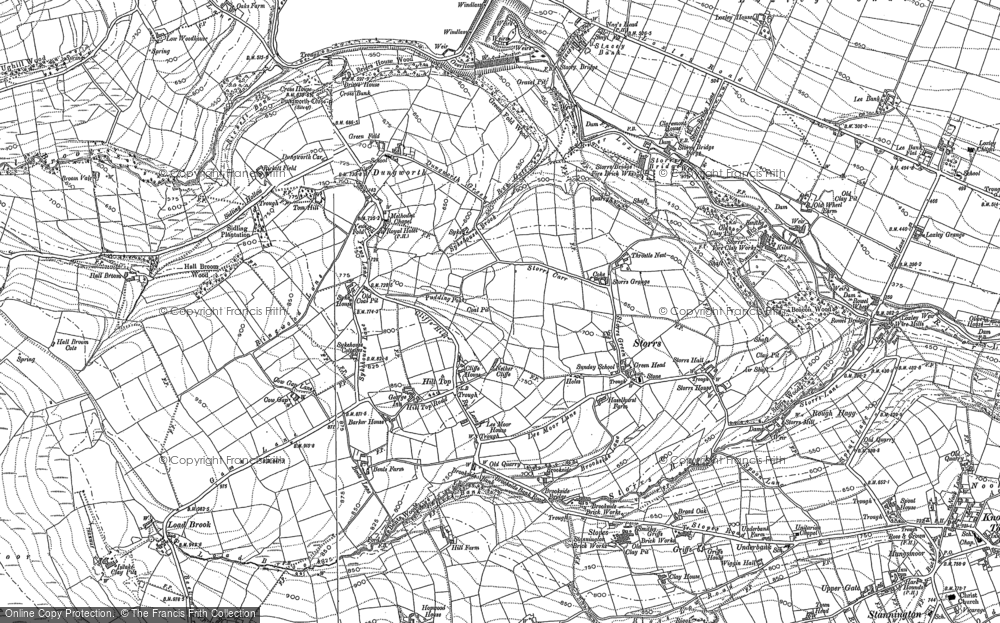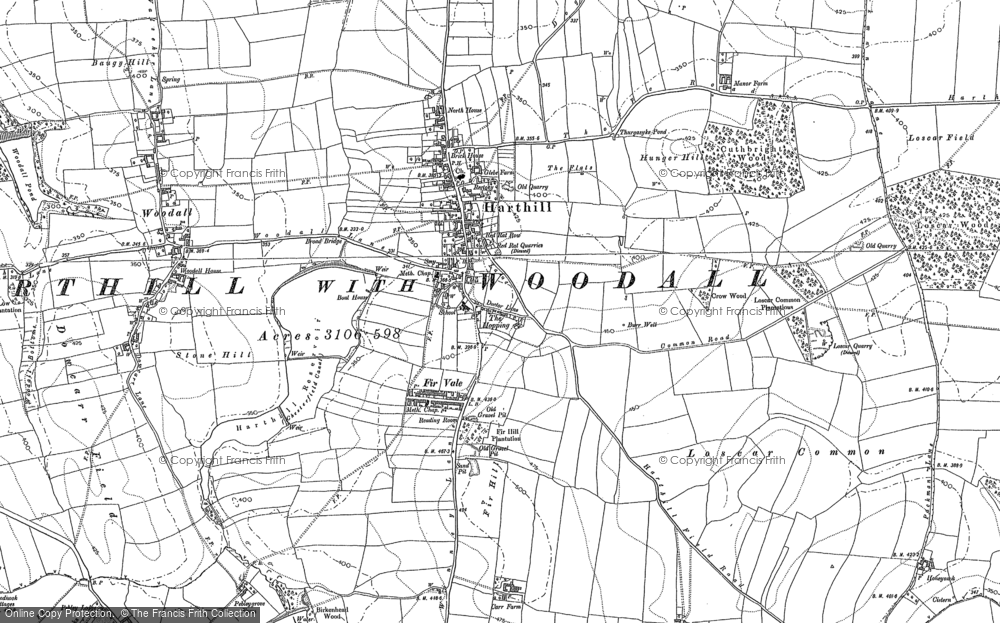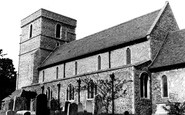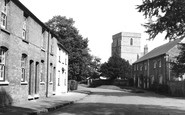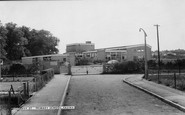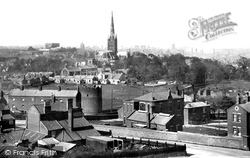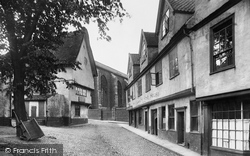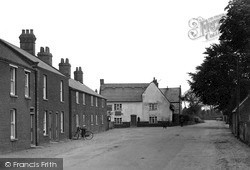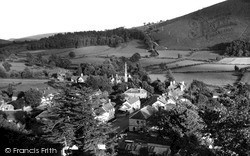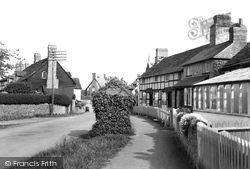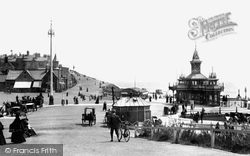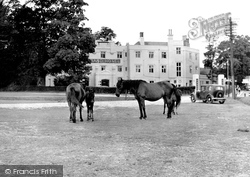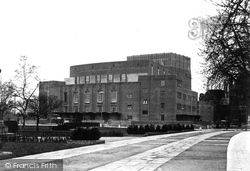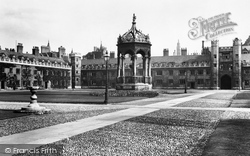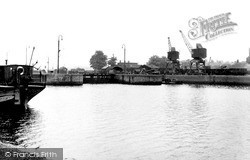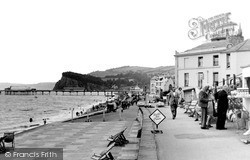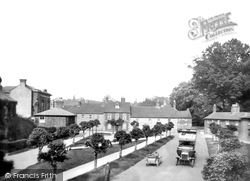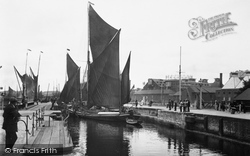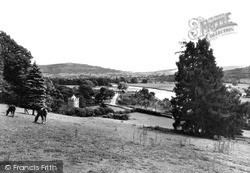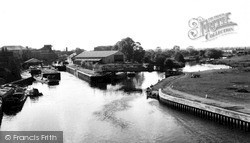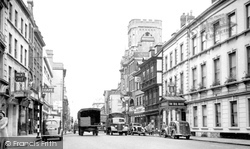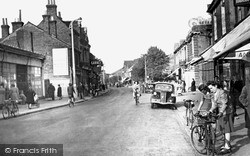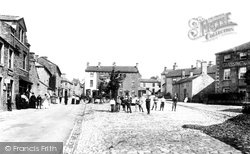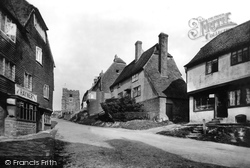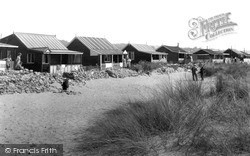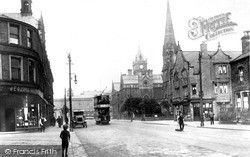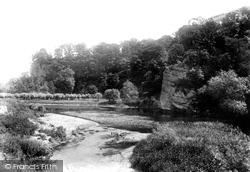Places
36 places found.
Those places high-lighted have photos. All locations may have maps, books and memories.
- Shanklin, Isle of Wight
- Ventnor, Isle of Wight
- Ryde, Isle of Wight
- Cowes, Isle of Wight
- Sandown, Isle of Wight
- Port of Ness, Western Isles
- London, Greater London
- Cambridge, Cambridgeshire
- Dublin, Republic of Ireland
- Killarney, Republic of Ireland
- Douglas, Isle of Man
- Plymouth, Devon
- Newport, Isle of Wight
- Southwold, Suffolk
- Bristol, Avon
- Lowestoft, Suffolk
- Cromer, Norfolk
- Edinburgh, Lothian
- Maldon, Essex
- Clacton-On-Sea, Essex
- Norwich, Norfolk
- Felixstowe, Suffolk
- Hitchin, Hertfordshire
- Stevenage, Hertfordshire
- Colchester, Essex
- Nottingham, Nottinghamshire
- Bedford, Bedfordshire
- Bury St Edmunds, Suffolk
- Aldeburgh, Suffolk
- St Albans, Hertfordshire
- Hunstanton, Norfolk
- Chelmsford, Essex
- Bishop's Stortford, Hertfordshire
- Peterborough, Cambridgeshire
- Brentwood, Essex
- Glengarriff, Republic of Ireland
Photos
11,144 photos found. Showing results 18,101 to 11,144.
Maps
181,031 maps found.
Books
442 books found. Showing results 21,721 to 21,744.
Memories
29,043 memories found. Showing results 9,051 to 9,060.
Distant Memories Xx
My memory of Ramridge park is good as I was only 5 and my late father, Eric Spicer, used to work for the dairy and we lived in Robery Cottage across from the park. It was in the middle of 2 fields in a copse of trees and ...Read more
A memory of Ramridge Cott in 1962 by
Felixstowe In The 1970's And The Chippy Fire(S)!
We used to go to 'Beach Station' caravan park (Walton Avenue) for our annual August one-week holiday. My parents didn't own a car and living in Stowmarket, Felixstowe was very near and convenient! ...Read more
A memory of Felixstowe in 1977 by
Combs Ford In The 1970s
I grew up in Combs Ford, off Poplar Hill. Our Primary school is now a community centre. Back then, all our pocket money was spent in the Paper shop!! There was a large recreation ground (it's now been covered in ...Read more
A memory of Combs by
Scrase Bridge School Class Photos
I am trying to find any class pictures of Scrase Bridge School between 1964 and 1968 featuring my wife then known as, Jill Gigney. There seems to be no archive for the school during that period, and no ...Read more
A memory of Haywards Heath in 1967 by
My Chldhood Times
Hi, I was born and brought up in Dipton, I lived in Annfield Street with my dad, Tom Bell, and my nanna, Maria Bell. I went to St Patricks RC School and have good memories of my time there with a few of the teachers being nuns. My ...Read more
A memory of Dipton in 1956 by
Ernie Crump
My uncle, Ernie Crump, grew up in Eardisley. He was orphanned in 1901 aged 5 and sent from London, to be brought up by a lady he referred to as 'Auntie'. Presumably he attended a local school, the 1911 Census records him as a 'page' ...Read more
A memory of Eardisley in 1900 by
Church Choir
Because we were paid we joined the choir. Boys were joined by girls in about 1959. It was a good education learning some beautiful music, reading psalms, plenty of moral direction and people to admire such as the organist, Bill Press, ...Read more
A memory of Eastry in 1958 by
Childhood
I was born in Normacot in 1953. I am the eldest of 4 children born to an Irish mother and a railway worker father. My great great grandfather came with his son from Bream near Lydney in Gloucestershire. They lived in Upper Spring Road ...Read more
A memory of Normacot in 1953 by
Norman Church And Palace
Eastry used to be a very significant part of east Kent. The Norman church was built on the foundations of a previous church, which must have been built over a thousand years ago. It is said, there was a palace here for the ...Read more
A memory of Eastry by
After My Time
The 'new' primary school in Cook's Lea (a respected headteacher in Sandwich) was built in the early sixties and is well-located next to the Gunpark to the left. The old C of E Primary School was a solid building and this new school ...Read more
A memory of Eastry in 1962 by
Your search returned a large number of results. Please try to refine your search further.
Captions
29,395 captions found. Showing results 21,721 to 21,744.
The great cathedral spire dominates the view, with the square block of the castle on the left and St Peter Mancroft's tower in between.
Now no longer a pub, the Britons Arms on the left, built as a community of religious women in the 15th century, was the only house to survive a great fire in 1507.
The thatched house north of the crossroads no longer has a village shop. The outbuilding on the right is now The Cat's Whiskers, a hairdresser's whose name wittily puns on the road name.
It was intended to link New Radnor with Old Radnor, two miles distant, to form a major city to be the capital of Radnorshire. The project faltered, confirming Welsh antipathy to large settlements.
Despite increases in population and the subsequent rise in road traffic, Herefordshire still manages to retain an aura of peacefulness and serenity, exemplified in this photograph.
By the last year of Victoria's reign Bournemouth had become an established seaside resort.
Sometimes the inhabitants of the Forest, whether they be ponies, deer, badger or foxes, still come to town.
The design for a new Shakespeare Memorial Theatre was thrown open to competition; the winning entry was submitted by Elizabeth Scott, great-niece of Sir Gilbert Scott. The new theatre opened in 1932.
The fountain in the centre was built at the beginning of the 17th century by Italian craftsmen.
What makes the Wet Dock so useful is that it is a non-tidal section of the port. Water in the dock is held at a con- stant level by the lock gates.
Large stacks of deck chairs punctuated the prom- enade. Ice cream was delivered in aluminium boxes, some can be seen beneath the serving hatch.
Wilton, once the capital of Wessex, was the most important town in early medieval Wiltshire. This is Kingsbury Square, with St Edith's church on the left.The road across the square is the A30.
Improvements have extended to the racecourse area; however, the wooded heights of the Wyndcliffe can still be seen on the horizon.
When the Wet Dock was constructed in Ipswich between 1839 and 1842, it was the most revolutionary and the biggest of its kind in the country.
Despite increases in population and the subsequent rise in road traffic, Herefordshire still manages to retain an aura of peacefulness and serenity, exemplified in this photograph.
Despite increases in population and the subsequent rise in road traffic, Herefordshire still manages to retain an aura of peacefulness and serenity, exemplified in this photograph.
On the way into Newark from Farndon the navigation passes a number of old maltings and a large Trent Navigation Co warehouse, which can be seen in this picture in the left background.
The Bell Hotel was demolished in 1969 during the redevelopment of the area; but the dark building next door with the projecting upper storeys still survives and houses a wonderful old fire surround.
This bustling fifties shopping scene, with a substantial and surprising number of bicycles in evidence, shows the prominent red-brick Post Office on the left standing out against its rather dingy neighbouring
The village had once been a centre for lead-mining, but now relied on agriculture and quarrying. In 1902 the railway finally came to Grassington with the opening of a line to Skipton.
A picture postcard view of Goudhurst, looking up the hill to the church peeping out at the top. This view is little changed today.
This view shows the beach bungalows which were built right behind the top of the beach. They were used by the military during the Second World War, but are no longer there today.
Lower down, a canopy over the pavement keeps the Pennine precipitation off the shoppers.
Blackstone Rock, a great outcrop of sandstone rising sheer from the river, is shrouded with trees.
Places (6814)
Photos (11144)
Memories (29043)
Books (442)
Maps (181031)


